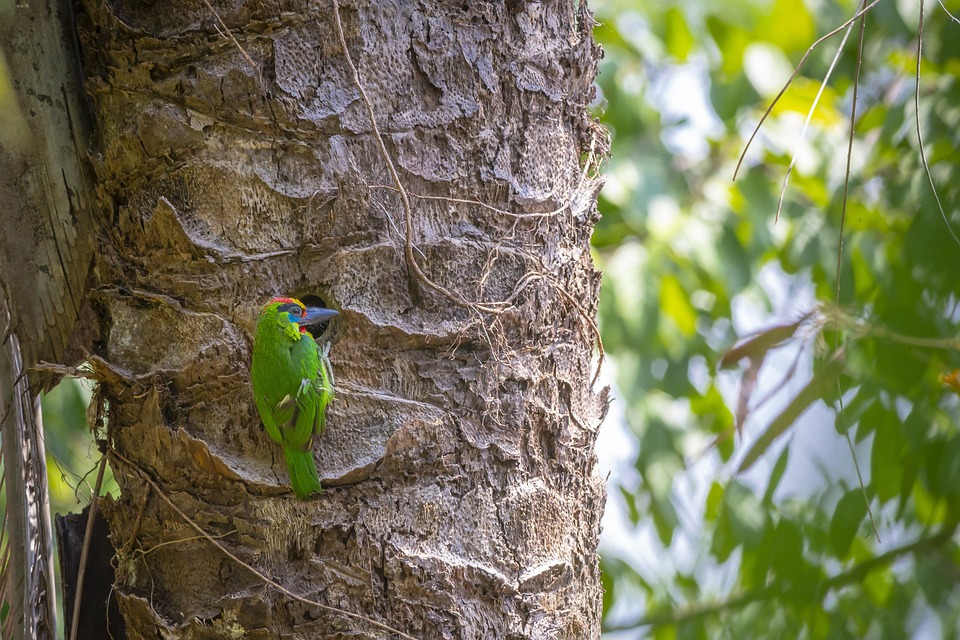Parrots, like any other animal, can develop fears and anxieties. As responsible parrot owners, it is important to help our feathered friends overcome these fears and provide them with a safe and comfortable environment. One effective approach to addressing fear in parrots is through the use of positive reinforcement.
Before we delve into the techniques of using positive reinforcement, it is crucial to understand the nature of fear in parrots. Fear in parrots can be triggered by various factors, such as past traumatic experiences, unfamiliar environments, or specific objects or situations that they find threatening.
Positive reinforcement is a training technique that focuses on rewarding desired behaviors, thereby encouraging their repetition. By utilizing positive reinforcement, we can help our parrots associate the feared object or situation with positive experiences, gradually reducing their fear response.
The first step in addressing your parrot’s fear is to identify the specific object or situation that triggers it. Observe your parrot closely and note any signs of fear or anxiety when exposed to certain stimuli.
Once you have identified the fear trigger, it is important to expose your parrot to it gradually. Start by introducing the object or situation from a distance. Observe your parrot’s reaction and ensure they remain calm and comfortable.
While exposing your parrot to the fear trigger, provide them with their favorite treats or toys as a reward for remaining calm. This positive association helps them develop a more positive outlook towards the feared object or situation.
As your parrot becomes more comfortable with the fear trigger, gradually decrease the distance between them. Continue offering rewards for calm behavior, reinforcing the positive association.
Addressing fear in parrots takes time and patience. It is important to be consistent in your approach and not rush the process. Each parrot is unique, and the speed at which they overcome their fear may vary.
Positive reinforcement is a powerful tool that can significantly reduce a parrot’s fear response. However, it may not completely eliminate the fear, especially if it is deeply ingrained or based on a traumatic experience. Patience and ongoing positive reinforcement are key.
If your parrot refuses treats during the training, it may indicate that they are too anxious or fearful. In such cases, it is important to go back a step and gradually increase the distance between your parrot and the fear trigger until they feel more comfortable.
Positive reinforcement is generally a safe and effective technique. However, it is crucial to monitor your parrot’s behavior closely during the training process. If you notice any signs of extreme distress or aggression, it is advisable to consult a professional avian behaviorist for guidance.
Positive reinforcement can be used for most types of fears in parrots. However, some fears, especially those based on traumatic experiences, may require additional professional intervention to address effectively.
The time it takes for a parrot to overcome a fear using positive reinforcement can vary significantly. It depends on the individual parrot, the severity of the fear, and the consistency of training. It is essential to be patient and not rush the process.
Using positive reinforcement to address fear in parrots is a compassionate and effective approach. By gradually exposing our feathered companions to their fears and rewarding their calm behavior, we can help them overcome their anxieties and create a safe and happy environment for them to thrive. Remember, every parrot is unique, so patience, consistency, and understanding are key to successful fear reduction.









